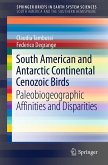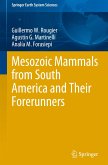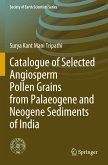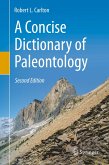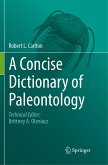The extended continental South American turtle record (Norian to Lujanian) allows us to follow the evolution of this reptile clade from its origins. Several significant stem turtle taxa such as: Palaeochersis talampayensis and Condorchelys antiqua provide information on the first steps of turtle evolution. Others such as: Chubutemys copelloi or Patagoniaemys gasparinae provide clues to the origin of the bizarre horned tortoises of the clade Meiolaniidae. The panpleurodiran species such as Notoemys laticentralis or Notoemys zapatocaensis shed light on the origin of modern pleurodiran turtles. This book explores aquatic and terrestrial cryptodiran turtles, South Gondwana pleurodiran turtles, North Gondwana pleurodiran turtles; Meiolaniforms and early differentiation of Mesozoic turtles.
From the reviews:
"Argentine biologists de la Fuente, Sterli, and Maniel ... have combined their talents to produce this impressive monograph summarizing the origin, evolution, and biogeography of South American terrestrial turtles. ... This well-written, highly informative book on South American turtles will be indispensable to chelonian specialists and institutions with graduate-level programs with interests in South American fauna. Summing Up: Highly recommended. Graduate students and above." (E. D. Keiser, Choice, Vol. 51 (9), May, 2014)
"Argentine biologists de la Fuente, Sterli, and Maniel ... have combined their talents to produce this impressive monograph summarizing the origin, evolution, and biogeography of South American terrestrial turtles. ... This well-written, highly informative book on South American turtles will be indispensable to chelonian specialists and institutions with graduate-level programs with interests in South American fauna. Summing Up: Highly recommended. Graduate students and above." (E. D. Keiser, Choice, Vol. 51 (9), May, 2014)



